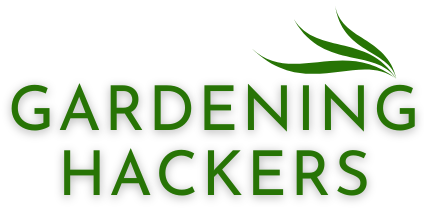Seed Saving: Preserving the Past, Sowing the Future
In the world of gardening, there is a profound and ancient practice that allows us to be not just growers, but also stewards of biodiversity—seed saving. Seed saving is the act of collecting, storing, and replanting seeds from open-pollinated plants to ensure their continued existence and diversity. It's an art that connects us to our agricultural heritage, empowers us to be self-reliant, and contributes to the preservation of our food security. In this article, we will explore the importance of seed saving, the benefits it offers, and provide practical tips to help you embark on this fascinating journey.
Why Save Seeds?
- Preservation of Biodiversity: Seed saving plays a critical role in preserving the biodiversity of our plants. In recent years, we have witnessed a decline in the variety of seeds available commercially, as large-scale agriculture has favored a narrow selection of hybridized and genetically modified varieties. By saving seeds from open-pollinated plants, we can help safeguard heirloom and native varieties, preventing their extinction and ensuring a diverse and resilient seed stock for future generations.
- Adaptation to Local Conditions: Over time, plants naturally adapt to their local environments, developing unique characteristics that make them better suited to local growing conditions. By saving seeds from plants that have thrived in your specific climate and soil, you can cultivate a resilient and well-adapted seed bank that performs better in your garden year after year.
- Cost-Effective and Self-Sufficiency: Saving seeds allows you to be self-reliant and reduces your dependency on purchasing new seeds each season. Once you establish a collection of viable seeds, you can save money by reusing them, ultimately contributing to a more sustainable and cost-effective gardening practice.
- Flavor and Quality: Many gardeners believe that saved seeds produce plants with superior flavor and quality compared to commercially produced seeds. This is especially true for heirloom varieties, which often have a rich history and unique taste that has been passed down through generations.
Getting Started with Seed Saving
- Choose Open-Pollinated Plants: Select plants that are open-pollinated rather than hybrid or genetically modified varieties. Open-pollinated plants have the ability to naturally cross-pollinate with other plants of the same variety, preserving their genetic diversity.
- Allow Seeds to Fully Mature: Allow the plant to complete its life cycle and let the seeds fully mature and dry on the plant. This ensures that the seeds are viable and have reached their maximum potential for germination.
- Harvest and Clean Seeds: Once the seeds have dried, carefully harvest them, ensuring they are fully mature and free from disease or pest damage. Clean the seeds by removing any plant debris, and allow them to fully dry before storage.
- Properly Store Seeds: Store seeds in a cool, dry, and dark place to maintain their viability. Use airtight containers such as glass jars or seed envelopes, and label them with the plant variety and the date of collection.
- Test Seed Viability: Over time, seed viability may decrease. To ensure the seeds are still viable, you can perform a simple germination test by planting a small sample and observing how many seeds sprout.
- Share and Exchange Seeds: Participate in seed exchanges and engage with local seed-saving communities to diversify your seed collection and support the preservation of unique varieties. Sharing seeds not only expands the genetic diversity in your garden but also promotes a sense of community and camaraderie among fellow gardeners.
By embracing the art of seed saving, we become active participants in the conservation of our agricultural heritage. We have the power to contribute to the diversity, adaptability, and sustainability of our gardens and the global food system. So, let's embark on this journey of preserving the past and sowing the future—one seed at a time.
Conclusion
Seed saving is not just a practical gardening technique, but a profound act of stewardship and preservation. By saving and replanting seeds from open-pollinated plants, we contribute to the preservation of biodiversity, adaptability, and self-sufficiency in our gardens and communities. Seed saving allows us to cultivate a diverse and resilient seed bank, adapt plants to local conditions, and enjoy the unique flavors and qualities of heirloom varieties. It empowers us to break free from the dependence on commercially produced seeds and promotes a more sustainable and cost-effective approach to gardening. Moreover, seed saving connects us to our agricultural heritage, fosters a sense of community, and reminds us of the importance of preserving our natural resources for future generations. So, as you tend to your garden and enjoy the fruits of your labor, remember to save and share the seeds—the tiny vessels of life that hold the promise of a greener and more resilient future. Let's embrace the art of seed saving and play our part in nurturing a world of abundance and diversity.


